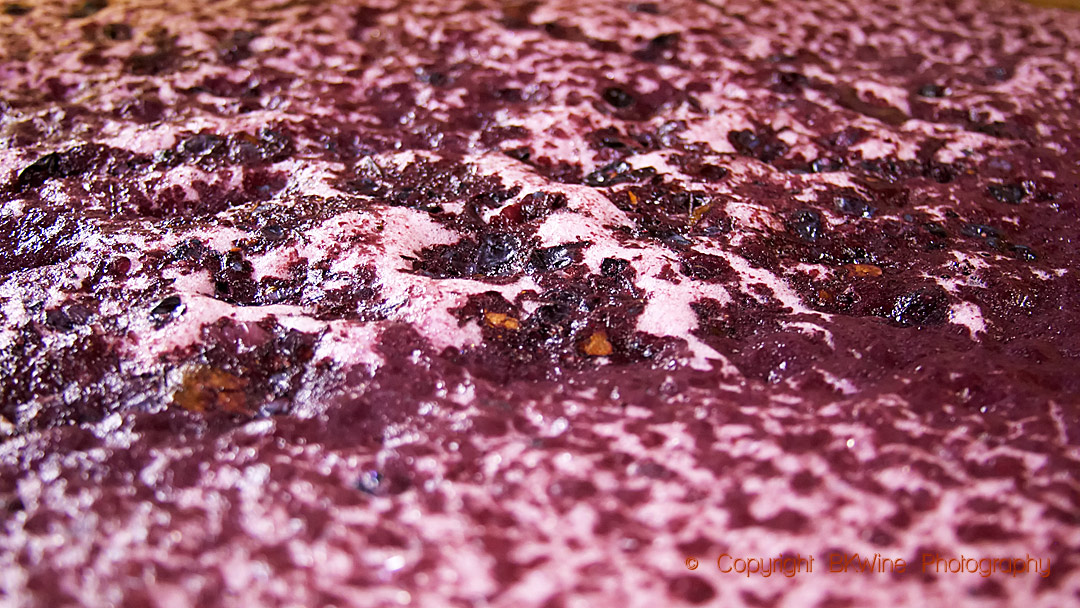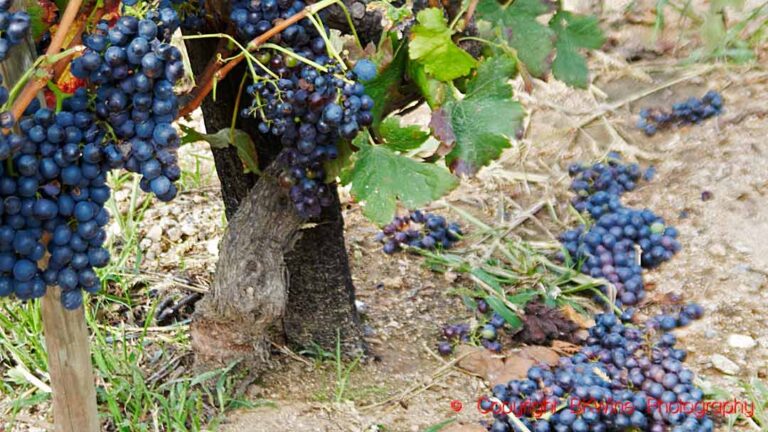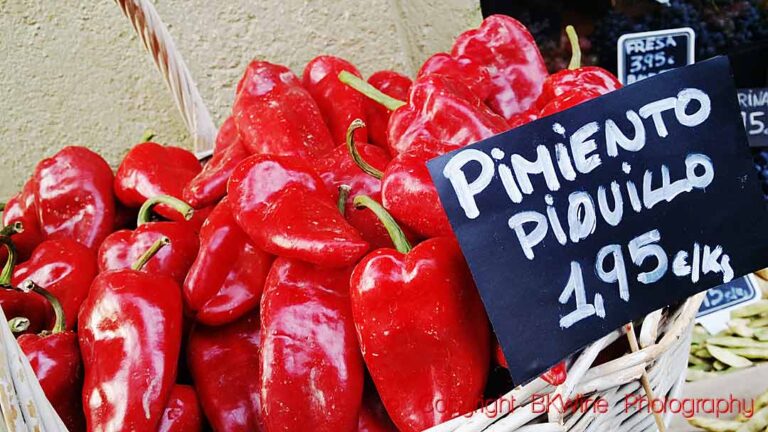A wine’s sulphur content is increasingly scrutinized. Sulphur dioxide is added to the wine as an antioxidant and stabiliser. But its use has diminished, rather drastically I think, in recent decades, in part thanks to better winemaking technology and knowledge.
Sometimes you see “no added sulphur” on a label. But you rarely see a wine that does not have the warning label “contains sulphites”. The reason is that the limit for the warning is low, maximum 10 mg/litre. Very few wines, if any, manage to have less since sulphur is also naturally produced by the fermentation.
Research in recent years has shown that there are yeasts strains that produce lower amounts of sulphur than others. The company Lallemand now offers a yeast variety which they call Vitilevure Sensation.
This yeast has a very low production of sulphur and also of acetaldehyde, which is important. Acetaldehyde is a substance that binds sulphur. In wine, you have both bound and free sulphur.
A winemaker prefers to have as much free (active) sulphur as possible since it is the free sulphur that protects the wine. An interesting thought in the “natural wine” discussion? By adding the right kind of yeast to the must you can lower the sulphur contents.
Read more: lallemandwine (pdf).











